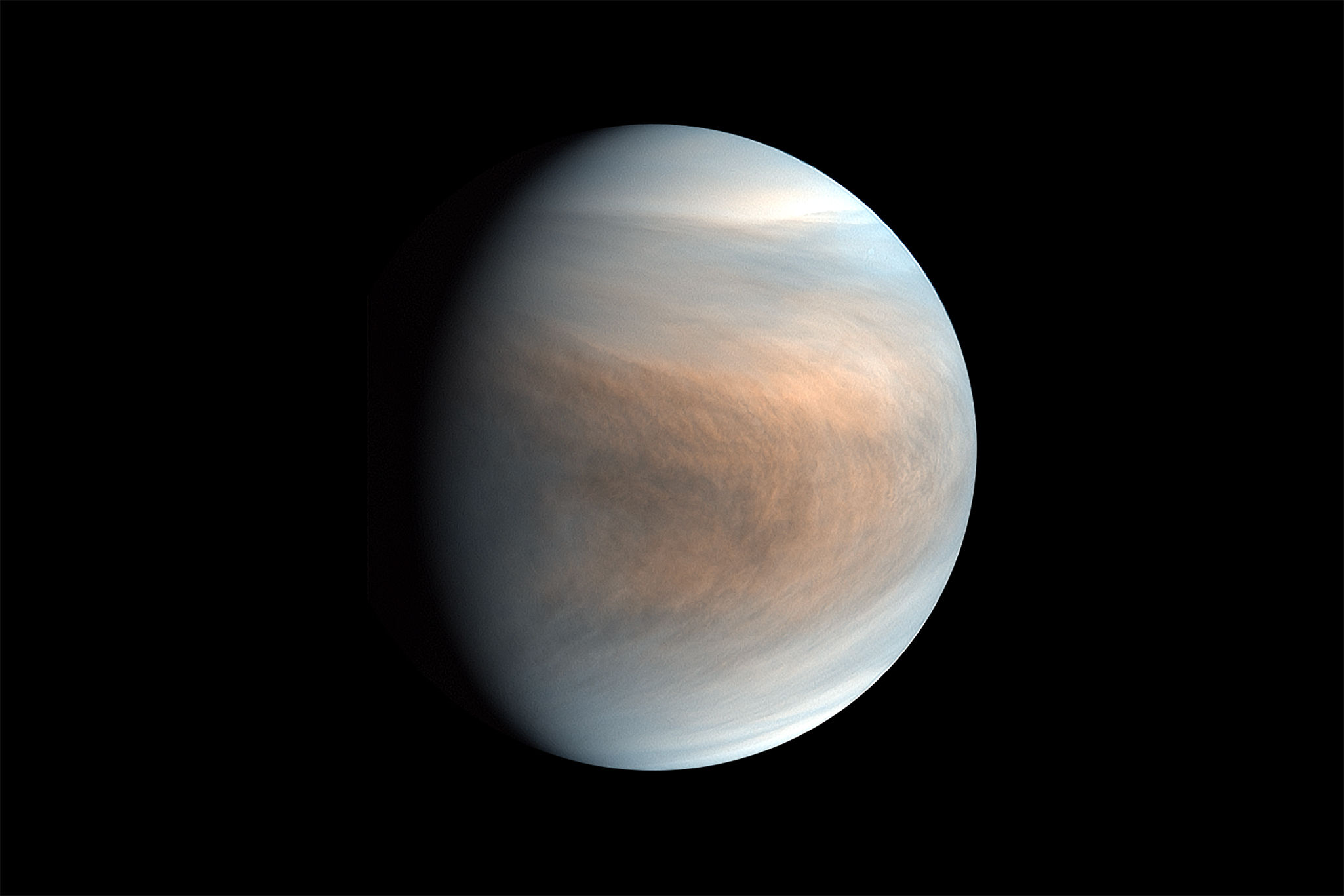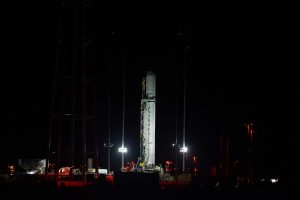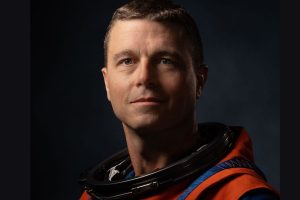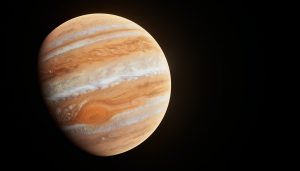Scientists have discovered evidence of bacterial “lifeforms” in Venus’s clouds, suggesting that the planet may be getting “more habitable”.
Researchers from Cardiff University, MIT, and Cambridge University believe the planet, which is 47.34 million kilometres (29.42 million miles) from Earth, may have ammonia in its clouds. Ammonia is a colourless gas made up of nitrogen and hydrogen.
Also Read | Hubble telescope’s bigger, more powerful successor to soar
The researchers used a computer simulation to show how a series of chemical reactions would neutralise surrounding sulphuric acid droplets if any traces of ammonia were present.
The acidity of the clouds would then reduce from -11 to zero, and while this is still extremely acidic on the pH scale, it would be at a threshold where life might theoretically live.
Co-author of the study Dr William Bains, from Cardiff University’s School of Physics and Astronomy, told Sky News, “We know that life can grow in acid environments on Earth, but nothing as acid as the clouds of Venus were believed to be.”
Also Read | Elon Musk’s SpaceX reports 132 COVID cases in California headquarters
“But if something is making ammonia in the clouds, then that will neutralise some of the droplets, making them potentially more habitable.”
Since the 1970s, astronomers and scientists have been investigating the ammonia found in Venus’ upper atmosphere, especially because it was previously thought that the planet was too hot for life to survive.
There is now speculation that any potential lifeforms in the clouds are microorganisms similar to those found on Earth.
The scientists assume that biological processes, rather than natural phenomena such as lightning or volcanic explosions, are responsible for the ammonia.
Professor Sara Seager, another co-author from MIT’s Department of Earth, Atmospheric and Planetary Sciences (EAPS), said, “Ammonia shouldn’t be on Venus.”
Also Read | Winter solstice 2021: Everything you need to know
“It has hydrogen attached to it, and there’s very little hydrogen around. Any gas that doesn’t belong in the context of its environment is automatically suspicious for being made by life.”







